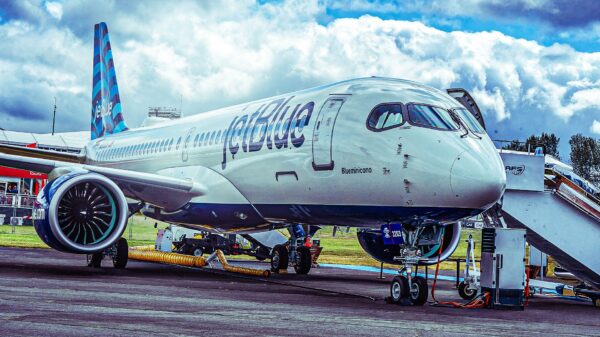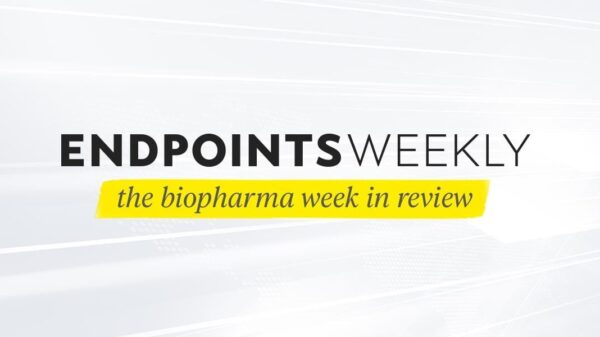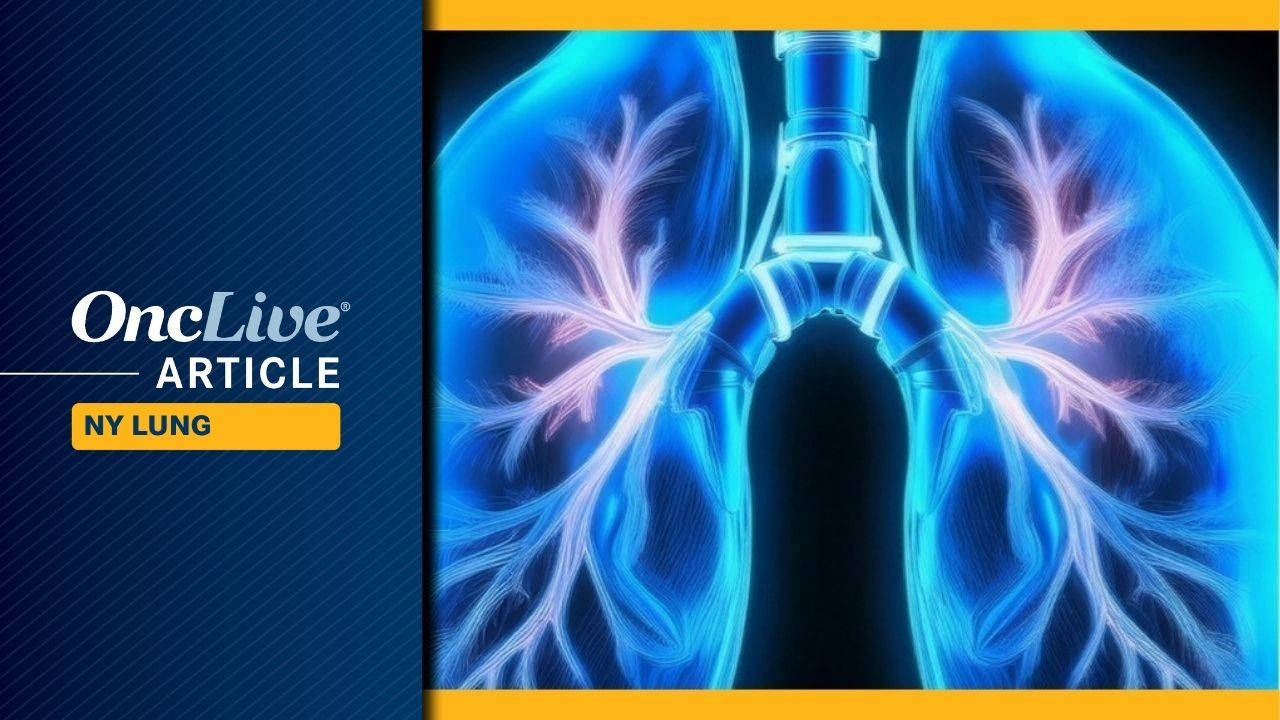The field of biomarker testing for non-small cell lung cancer (NSCLC) is evolving, with a shift from traditional genomic markers to a new emphasis on protein-based and computationally derived indicators. This transformation is largely driven by the approval of innovative therapies, particularly antibody-drug conjugates (ADCs), and a deeper understanding of therapeutic resistance and vulnerability. Dr. Soo-Ryum (Stewart) Yang, an assistant attending pathologist and co-director of Clinical Biomarker Development at Memorial Sloan Kettering Cancer Center, presented these insights on November 15, 2025, at the 20th Annual New York Lung Cancers Symposium.
During his presentation, Yang identified four key trends reshaping NSCLC management: the rise of protein-based immunohistochemistry (IHC) biomarkers for ADCs, the actionability of tumor suppressor genes, the therapeutic application of synthetic lethality, and advancements in computational pathology. He emphasized the persistent challenge of tissue scarcity, which necessitates the development of multiplex IHC techniques and the integration of next-generation sequencing (NGS) alongside artificial intelligence (AI). This approach aims to enhance personalized therapies for a broader NSCLC patient population.
As the medical community moves beyond merely examining genetic mutations, the focus is increasingly on the expression levels of specific proteins on cancer cells. Yang highlighted two crucial protein biomarkers in NSCLC: HER2 and c-MET overexpression. While PD-L1 IHC testing has been established for guiding checkpoint inhibitor therapy, Yang noted the growing importance of IHC testing for ADCs.
HER2 overexpression is present in up to 20% of NSCLC patients, with the highest level, IHC 3+, found in approximately 3% of cases. Yang clarified that there is no direct correlation between HER2 mutation status and protein overexpression. The recent approval of fam-trastuzumab deruxtecan-nxki (T-DXd; Enhertu) for HER2-positive solid tumors, including NSCLC patients who have undergone prior treatment, was supported by the phase 2 DESTINY-Lung01 study.
In addition, Yang pointed out that c-MET overexpression is commonly found in NSCLC. Actionable c-MET-high status, defined as over 50% of tumor cells exhibiting 3+ staining, occurs in up to 17% of EGFR wild-type cases. The FDA granted accelerated approval to telisotuzumab vedotin-tllv (teliso-V; Emrelis) for this patient population, backed by data from the phase 2 LUMINOSITY trial.
Yang proposed a flexible approach to integrate HER2 and c-MET IHC screening into current diagnostic workflows. He advocated for standardized options that allow institutions to optimize their processes based on available resources and multidisciplinary input.
Research into various promising biomarkers continues, with the potential to refine personalized treatment for NSCLC patients. For instance, KRAS mutations are prevalent in up to 40% of lung adenocarcinomas, with specific mutations such as G12C, G12V, and G12D showing different implications for treatment response. The KRAS G12D mutation, often associated with a history of light or no smoking, presents challenges due to its correlation with poorer responses to chemoimmunotherapy.
Established therapies targeting KRAS G12C, such as sotorasib (Lumakras) and adagrasib (Krazati), have shown promise. Furthermore, new targeted therapies beyond KRAS G12C are in clinical trials. Yang highlighted the KRAS G12D inhibitor zoldonrasib (RMC-9805), which demonstrated an overall response rate of 61% in a phase 1 study.
Yang also discussed the role of tumor suppressor genes, specifically STK11 and KEAP1, which are mutated in up to 20% of lung cancers. These mutations contribute to an immunosuppressive tumor microenvironment, leading to primary resistance to immunotherapy. Data from the phase 3 POSEIDON trial indicates that combining a CTLA-4 inhibitor with a PD-L1 inhibitor and chemotherapy can improve patient outcomes, positioning these mutations as important biomarkers for enhanced therapeutic strategies.
The presentation addressed the growing issue of tissue availability for biomarker testing. Yang noted that strategies must evolve to accommodate the expanding list of biomarkers while efficiently utilizing available tissue samples. He proposed the use of NGS for initial screening, followed by confirmatory IHC testing in cases with borderline or retained MTAP status.
Yang concluded with a discussion on TROP2, a cell surface protein that holds promise as a target for ADC development. The phase 3 TROPION-Lung01 study exploring datopotamab deruxtecan-dlnk (Dato-DXd) showed a progression-free survival benefit over docetaxel. However, the study did not identify a biomarker for patient selection. Investigators are now employing AI-driven methods to enhance predictive power by quantifying TROP2 expression.
The advancements in NSCLC management underscore a broader shift toward personalized medicine, integrating protein analysis, AI insights, and innovative treatment strategies. Yang emphasized the potential for multiplex IHC and comprehensive biomarker testing to become central to managing lung cancer in the coming years.



































































